We met with 19-year-old student and sustainable shopper Lucia Prince on ‘The World of Denim’, the innovative sustainable project that caught the eye of shoppers on Douglas high street. Denim has a interesting heritage, but today is one of the most environmentally damaging areas in the fashion industry. That's why for Lucia, recycling unwanted denim for this project had exciting potential.
For her final project at the University College of Man, Art and Design extended diploma, Lucia recycled dozens of pairs of jeans and created three forward-thinking innovative pieces.

The majority of the denim was donated by the Hospice, who gave Lucia two large bin bags of denim that was torn or worn material and therefore, unfortunately, unsellable. A third large bin bag came from friends and family.

When Lucia decided to work with denim, reusing fabric, sustainability was at the front of her mind.
“Denim is the most common thing you can find in the charity shops, I wanted to combat the issue of material waste throughout my project as a surplus of denim presented a huge problem in the fashion industry”.
According to Make Fashion Better 1, “The denim industry is notorious for its extremely high water usage, energy consumption, and chemical pollution.”
Did you know that over 3,780 litres of water are used to produce just one single pair of 501 Levi Jeans? This includes water to grow the cotton (92% of the water) and the water required to process the fabric (remaining 8%). Organic cotton requires less water because it is sustained by rainwater, compared to irrigation systems. -Make Fashion Better
Around 33.4kg of CO2 is released through a jean lifetime. Of those, 16.2kg CO2 is estimated by Levi's to be manufacturing emissions. 1
Oxfam report that emissions produced by manufacturing jeans are comparable to flying a plane around the globe 2,372 times or a petrol car travelling more than 21 billion miles. 1
Not only this, but denim production involves harmful chemicals such as pesticides, fertilizers, dyes and finishing ages that harm the environment. On the flip side, denim as a material is hardwearing and long-lasting, it rarely needs washing and even brands like Levi state good denim can last 6 months without a wash.
Second-hand denim however, is the best way to protect the environment, and repurposing the denim like Lucia has, brings new life to a once unusable product.
Using her industrial sewing machine, the project took Lucia three weeks to complete, focusing on one dress per week. Lucia began with experimenting, painting on the material and experimenting with different styles. The result? Three original and contemporary dresses.

Lucia founded a relationship with Hospice Isle of Man through the help of her tutor, Billie and led to a display of her project in the flagship shop window for a week.
“I formed connections and a partnership with the local Hospice charity. They supplied me with bag loads of denim in return for my final results to be presented in the shop window”.

“Overall my total cost of production was £0, this was a huge achievement as it reflects my project's environmental aims”.

In her personal life, Lucia is a savvy shopper, shopping in charity shops first, and online second-hand shops such as Vinted, where Lucia buys and sells as a side job. Lucia made £250 in 2 weeks, selling clothes and giving them a second chance at life.
For the next four years, Lucia will be at Bath Spa University where she is doing a fashion design course with a year on placement. Taking inspiration from her university location, Lucia has spent the summer working on a period dress, recycling old curtains and repurposing them into an iconic piece.
Source:
